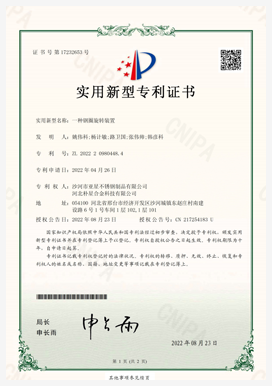Self-Propelled Crop Harvesting Machines for Efficient Farming Practices
The Rise of Self-Propelled Crop Reapers A Revolution in Agricultural Efficiency
In recent years, the agricultural industry has witnessed a remarkable transformation, driven by advancements in technology and the increasing demand for efficiency. Among the most significant innovations is the self-propelled crop reaper, a machine designed to streamline the harvesting process while reducing labor costs and time. As global populations continue to grow, the need for efficient farming practices becomes increasingly critical. This article will explore the significance of self-propelled crop reapers, their benefits, and their impact on modern agriculture.
Understanding Self-Propelled Crop Reapers
Self-propelled crop reapers are specialized harvesting machines that combine several functions into one unit. Unlike traditional harvesters, which require a separate tractor and implement, self-propelled models come with their own driving mechanism. This allows them to move independently across the fields, enabling farmers to cut, thresh, and collect crops all in one go. These machines are equipped with powerful engines, advanced cutting mechanisms, and often come with automated features that enhance their performance.
Advantages of Self-Propelled Crop Reapers
1. Increased Efficiency One of the primary benefits of self-propelled crop reapers is their ability to harvest crops quickly and efficiently. Traditional harvesting methods can be labor-intensive and time-consuming, but these modern machines can cover large areas of land in a fraction of the time. This efficiency is particularly crucial during peak harvest seasons, when weather conditions can change rapidly.
2. Labor Cost Reduction With a growing shortage of agricultural workers in many regions, self-propelled crop reapers offer a practical solution. By reducing the number of laborers needed for harvesting, farmers can cut down on labor costs significantly. This allows them to reinvest those savings into other critical areas of their operations, such as seed quality or sustainable practices.
3. Enhanced Crop Quality The precision and technology integrated into self-propelled crop reapers also contribute to improved crop quality. These machines minimize the risk of crop damage during the harvesting process, ensuring that more of the harvested plants remain intact and suitable for market. Additionally, many models come equipped with technology that allows for real-time monitoring of crop conditions, which helps farmers make informed decisions.
crop reaper self propelled

4. Adaptability Self-propelled crop reapers are designed to handle a variety of terrains and crop types. Whether harvesting grain, corn, or even specialty crops, these machines can be adjusted to meet the specific needs of different crops. This versatility makes them an essential tool for farmers who cultivate multiple varieties.
5. Technological Integration Many modern self-propelled crop reapers come equipped with GPS and satellite technology, enabling precision farming techniques. This allows farmers to plan their harvesting strategies more effectively, optimizing yields and minimizing waste. The data collected during harvesting can also be analyzed to inform future planting and cultivation practices.
The Future of Agriculture with Self-Propelled Crop Reapers
As the agricultural landscape continues to evolve, the role of self-propelled crop reapers will likely expand. With the increasing focus on sustainable agriculture and food security, these machines will play a crucial role in meeting global food demands while minimizing environmental impact. Their ability to enhance efficiency and reduce labor costs aligns perfectly with the goals of modern agriculture, which seeks to balance productivity with sustainability.
Farmers who invest in self-propelled crop reapers can expect not only immediate benefits in terms of efficiency and cost savings but also long-term advantages that contribute to the overall sustainability of their operations. As technology continues to advance, we can anticipate further improvements in self-propelled crop reaper capabilities, making them an indispensable tool for farmers around the world.
Conclusion
The agricultural sector is undergoing a significant transformation, and self-propelled crop reapers are at the forefront of this revolution. By enhancing efficiency, reducing labor costs, and improving crop quality, these machines are enabling farmers to meet the demands of a growing population. As technology continues to evolve, the future looks promising for self-propelled crop reapers, ensuring that they will remain an essential component of modern farming practices for years to come. As we embrace these innovations, we move closer to a sustainable and efficient agricultural future.
Latest news
-
When to Upgrade Your Old Forage HarvesterNewsJun.05,2025
-
One Forage Harvester for All Your NeedsNewsJun.05,2025
-
Mastering the Grass Reaper MachineNewsJun.05,2025
-
How Small Farms Make Full Use of Wheat ReaperNewsJun.05,2025
-
Harvesting Wheat the Easy Way: Use a Mini Tractor ReaperNewsJun.05,2025
-
Growing Demand for the Mini Tractor Reaper in AsiaNewsJun.05,2025







